The Oscar or Velvet Cichlid
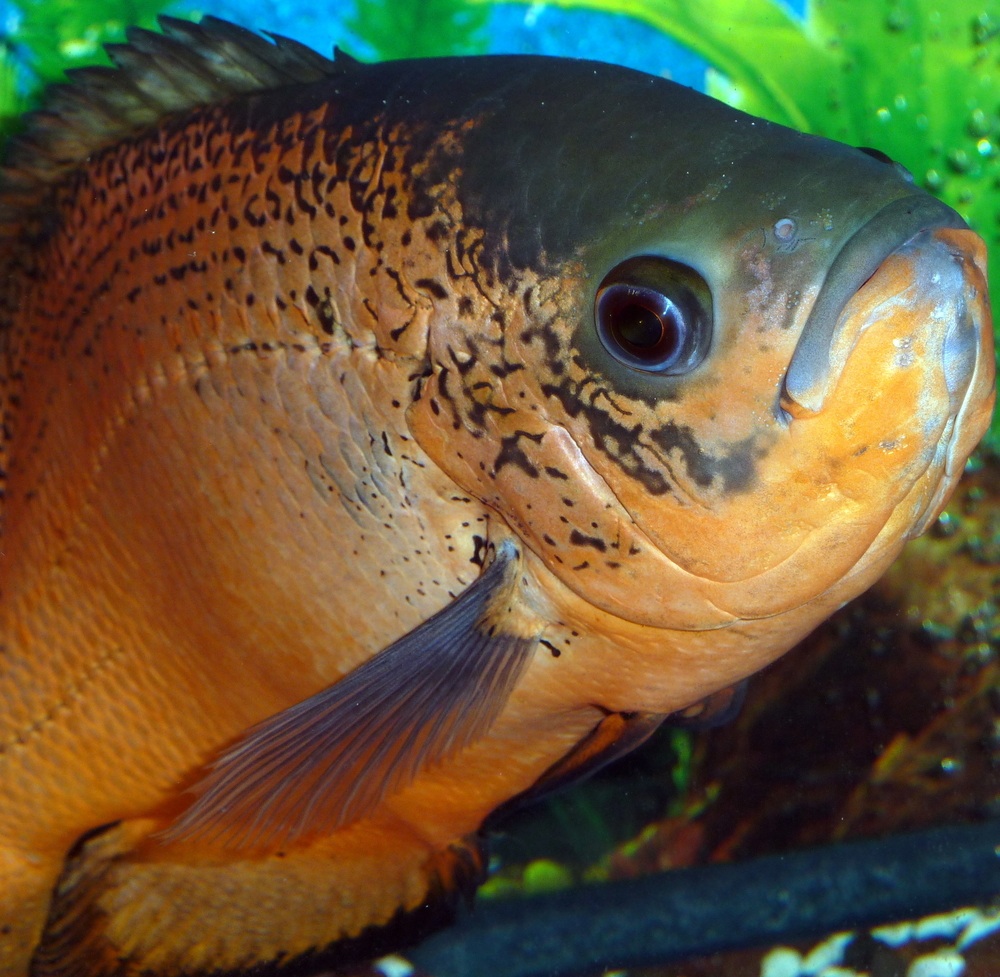
The oscar (Astronotus ocellatus) is also known as the velvet cichlid, because of its very small scales, which create a velvety appearance. The eyespot often present near the base of the tail means they have also been called peacock cichlids. This species first became known to science in 1831, but only became popular as a pet in the 20th century, although it had been valued as a food fish in its South American homeland for centuries beforehand.
Space requirements
Oscars grow big and mean, with smaller tankmates are simply likely to disappear on a dark night. These cichlids can grow to a tank-busting 35cm (14in), so be prepared.
Care requirements
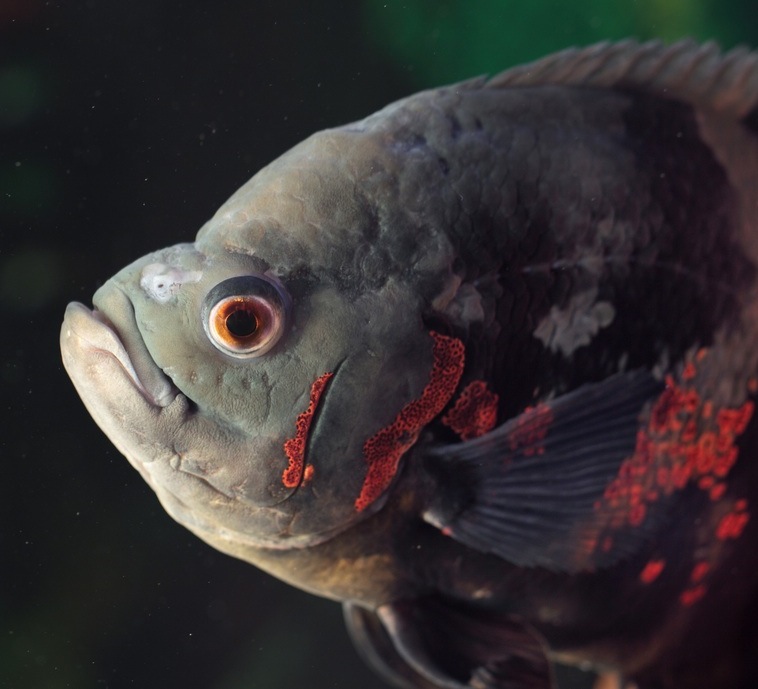
Obtain a large aquarium, at least 120cm (48in) x 45cm (18in) high and wide for a young pair. A power filter as well as an undergravel filter will be needed, as oscars are messy fish. They will dig through the aquarium gravel with their jaws, in search of anything edible, and uproot plants at the same time. Aquatic vegetation therefore either needs to float or should be weighed down. Their food should consist of cichlid pellets combined with treats such as the occasional thawed prawn, pea or canned cricket. Young fish prefer special flake food.
Temperament
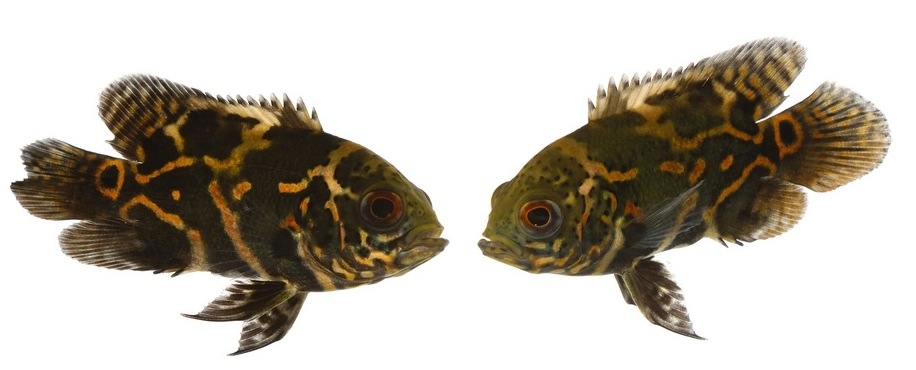
Assertive but friendly towards people. They will recognise you, and will be waiting for a meal if you feed them at set times every day. Pairs are devoted to each other, forming what can be a lifelong bond while they are still young. Trying to introduce two adult oscars can be tricky though - they may disagree violently. It is always better to obtain a compatible pair, if not young fish.
Varieties
The oscar’s basic ‘wild’ coloration is greenish-brown with reddish markings, while young oscars have a striped patterning. Selective breeding has created the much more colourful red tiger. Here the red coloration is very evident and arranged in an abstract striped pattern, with some individuals being much more colourful than others. You can also choose from albinos, with white bodies and variable orange markings, plus rarer yellowish lutinos, as well as long-finned variants of these colours too.
Did you know?
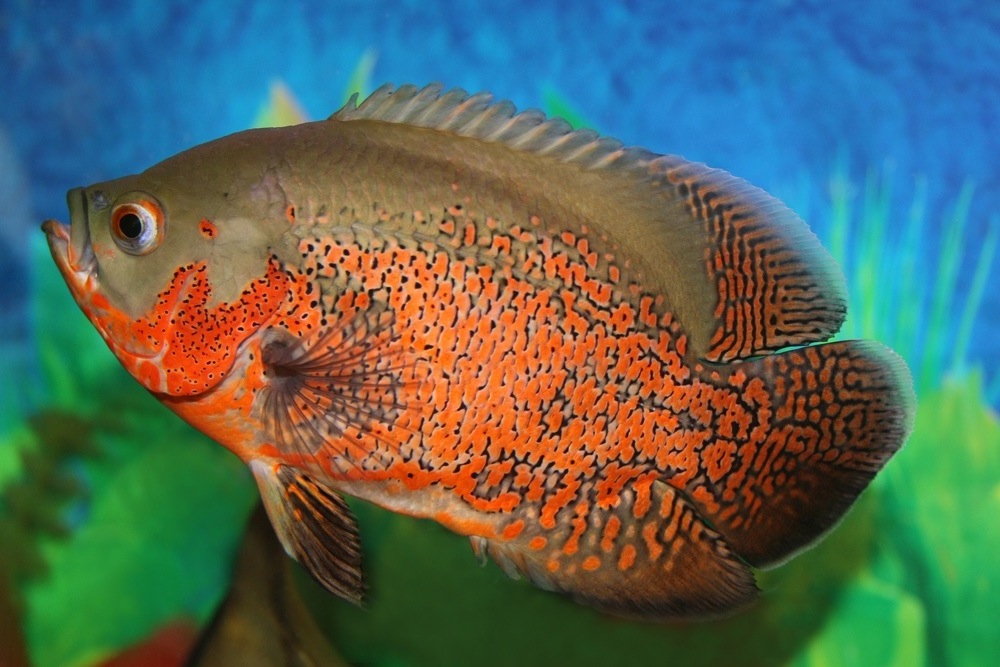
Pairs are devoted parents, cleaning their chosen area of rockwork carefully, with the female then laying up to 3000 eggs here. These should hatch after just 36 hours.
Both parents then watch over the young fish at first, which grow rapidly. They can already be 2in (5cm) long at just 3 months of age.
Lifespan
Up to 10 years or so.
Likely illnesses
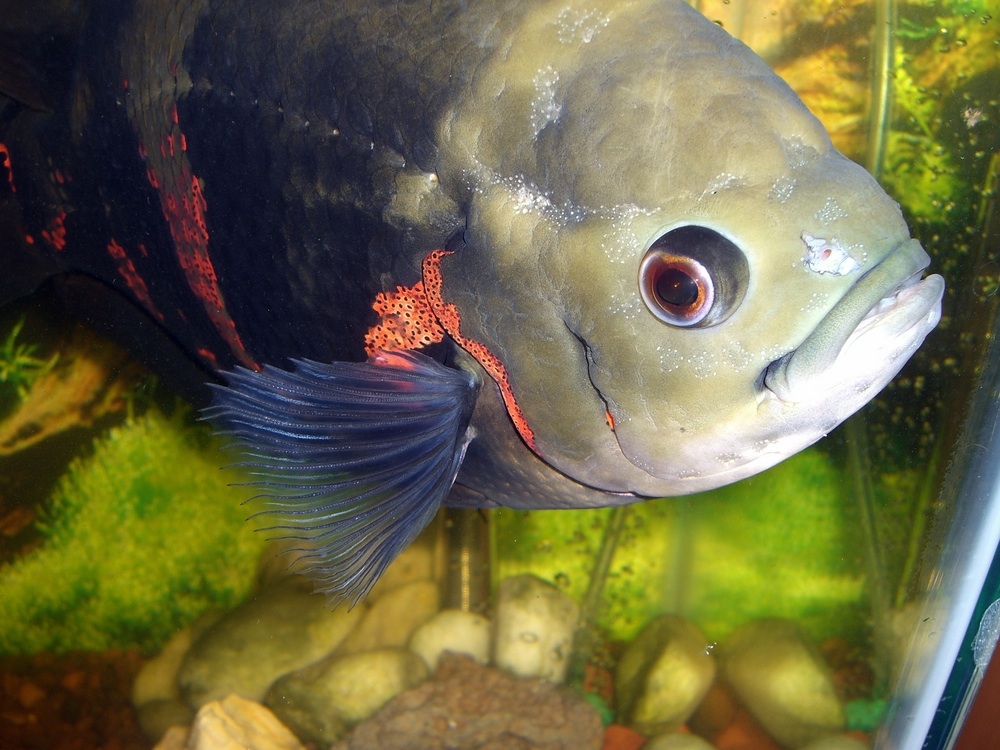
Oscars are vulnerable to hole-in-the-head disease, caused by a microscopic parasite called Hexamita. Stress (perhaps linked with overcrowding) and possibly vitamin deficiencies may also be contributory factors. The result is likely to be permanent scarring on the face, assuming the fish survives, although successful treatment is possible. Pimples on the forehead are an early sign of this illness, which then forms patches here.